Interior Condensation / Attic Venting
I have a client, whose house I re-roofed last summer, that is having a serious condensation issue in his home (here in Michigan). He is getting condensation on the walls and ceilings throughout his house.
I just got an email this evening from him, so I have not been over to have a look. According to him the various rooms are on different faces of the house, i.e. not just the north side or east, etc. He has no humidifier on his furnace, and it is just his wife and himself in the home, so I don’t think there is an incredible source of moisture in the home.
The house has a hip roof, with about 1200 sq ft of attic space. When I re-roofed we replaced the traditional “can” roof vents with ridge vent, although had to leave (2) “cans” in place due to bathroom/kitchen venting to them. The end result is more net free area of venting that was in place prior to the re-roof.
He has never had a condensation problem before and he says the only variable this year is the change from all “can” roof vents to the “can”/ridge mix. The gist of all this is the homeowner has requested I install additional “can” vents in the roof because it is his feeling that there is not adequate attic ventilation.
I would tend to agree with him IF the condensation issue was in the attic. However, since the condensation is in the living space, that tells me there is plenty of fresh/cold air in the attic space. Is my thinking correct? Opinions? Suggestions?
Thanks – Shawn

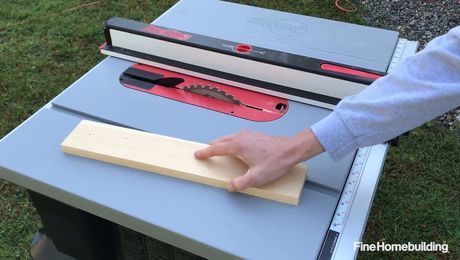

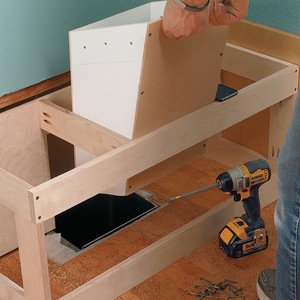
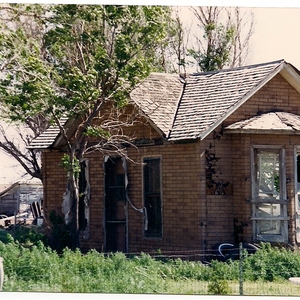







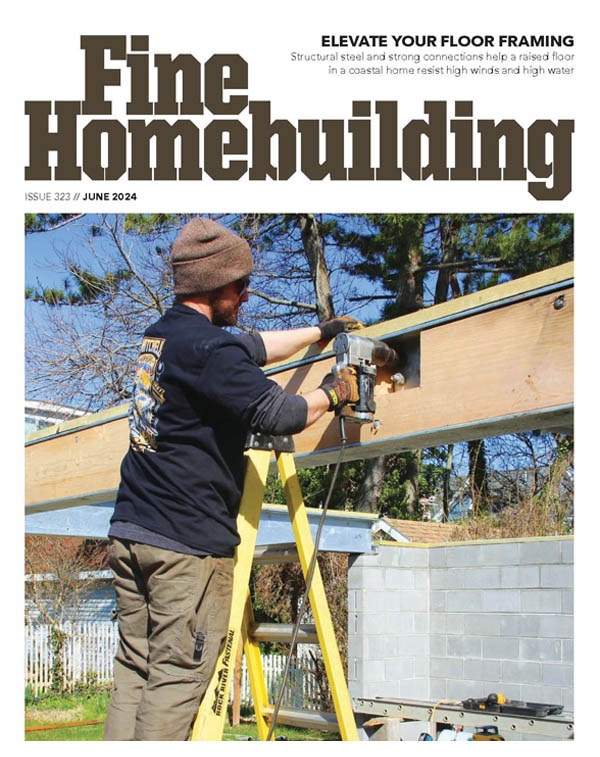

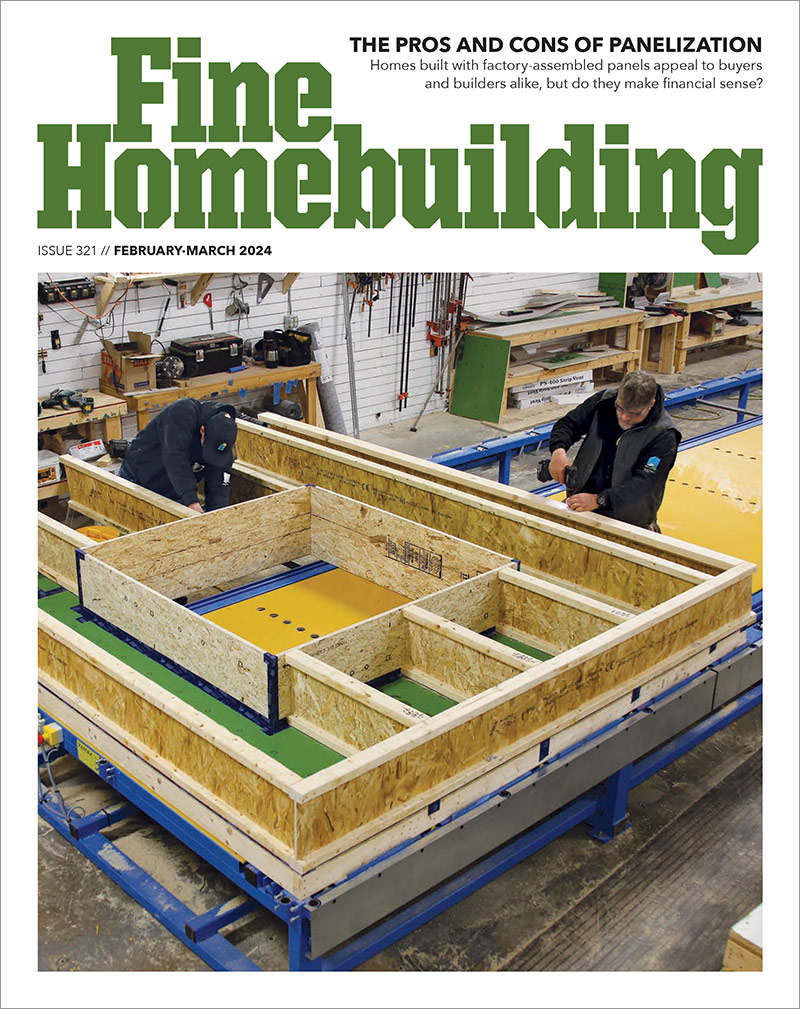
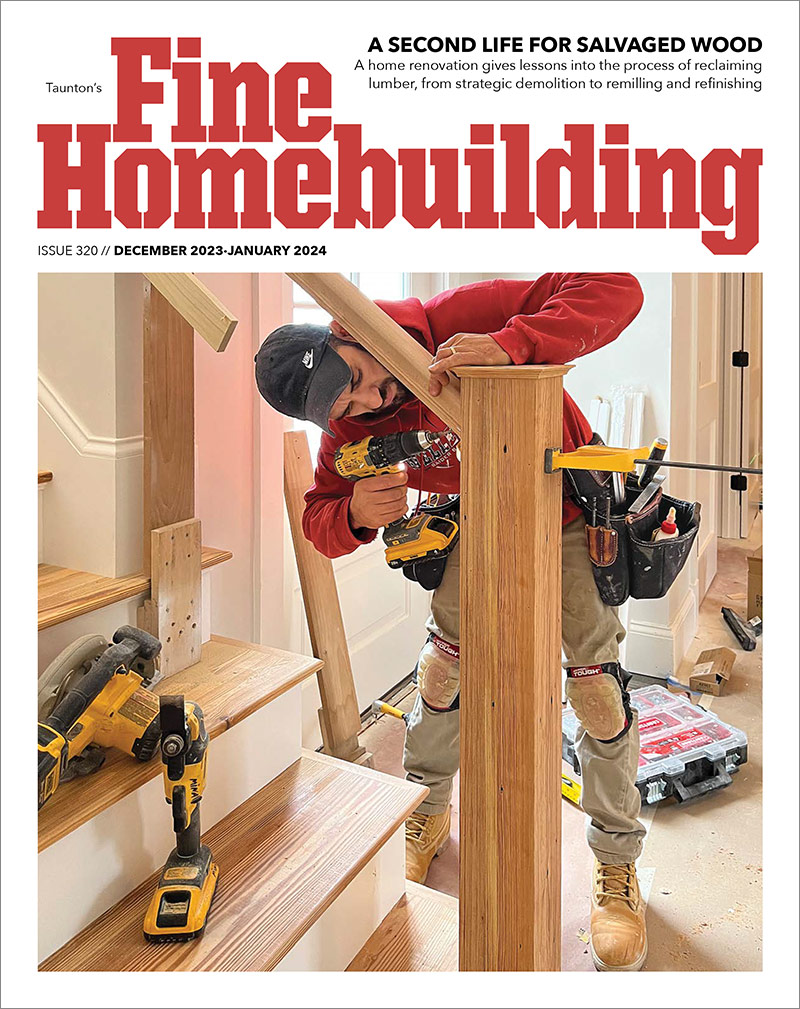
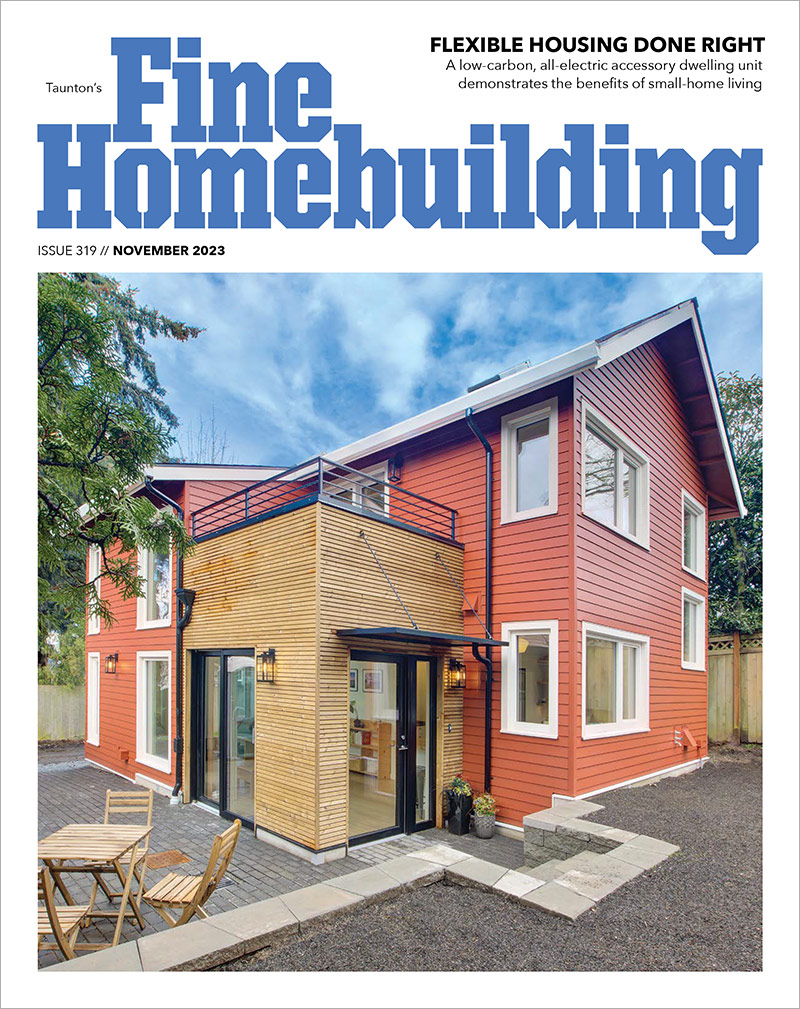

Replies
I would tend to agree with him IF the condensation issue was in the attic. However, since the condensation is in the living space, that tells me there is plenty of fresh/cold air in the attic space. Is my thinking correct?
Roof ventilation and house ventilation are two separate issues.
As for the roof, you didn't say whether there were any soffit (inlet) vents. If not, then the roof is NOT adequately vented. A ridge (exhaust) vent alone will have little effect. There needs to be balanced (equal net area) low inlet and high exhaust vents for a roof vent system to work.
As for the house, you don't indicate when the house was built - though if you did a re-roof, it can't be very new. But it's either tightly built with no mechanical ventilation or there's a major source of moisture - such as wet basement or crawl space, unvented dryer or kitchen hood, or bath fan that is not properly ducted (ducting bath fans through the roof tends to cause condensate back-drainage and backdrafting of cold air).
If the homeowner has "condensation on the walls and ceilings throughout his house" then there's a significant moisture source that has to be eliminated. Are there a multitude of potted plants?
Following that, bath and kitchen exhaust fans and dryers must be properly vented outdoors - AND USED!
I agree with everything you had to say. There are soffit vents installed (which I neglected to mention), although I personally did not check them for NFVA or whether they are clear. The house is probably 30 years old, and this client has lived there for 15 years. I am going on his word that nothing else has changed at all between all previous years and this year, other than the method of roof venting. Like I said he has asked me to install more vents, which he is willing to pay for, but I do not want to take his money just for the sake of doing so. I firmly believe that attic venting is not the issue. And even more conclusively is that he has more NFVA (with respect to "high" vents) that prior to my re-roof.I was more or less looking for confirmation of my beliefs, which you have provided. Thank-you.Shawn
"There are soffit vents installed "Check that they are as large as the ridge and that free air flow is unobstructed. Maybe he had more insulation blown in...
Welcome to the Taunton University of Knowledge FHB Campus at Breaktime. where ... Excellence is its own reward!
Could this also be a sign of a faulty furnace ie.............a plugged vent if it is a gas unit?
This sounds eerily familiar.
About 12 years ago we had a house that we put ridge vent on at the insistence of the customer.
3 months after completing it, about the middle of Dec, he calls and says his roof is leaking in numerous places. Upon inspection we find that he had never installed the planned soffit vents and had modified the eave so as to render this impossible. The attic BTW was soaked, actually had moldy spots on the underside of the sheathing.
Only thing to do was cut gable vents in fairly low to get some intake air. The attic was practically dry before we finished installing the louvers.....
Naive but refreshing !
Sounds like woefully indequate roof venting and excessive air/moisture exfiltration from the living space. But if this problem worsened AFTER the installation of the ridge vents, then I would be concerned about moisture (rain, snow) infiltration through the vent.
A ridge vent can be counterproductive if it doesn't include wind baffles below the intakes. Both the old aluminum vents and shingle-over versions are available with baffles, which increases the negative pressure (like an airplane wing) when the wind is blowing and prevents infiltration.
"He is getting condensation on the walls and ceilings throughout his house."
I don't see how that could be connected to attic venting. Changing attic venting would only change condensation up in the atic - Not down in the house.
I appreciate everyones responses. He was a good customer, so I'm going to head over there in the next day or two and interview him about his interior moisture producing habits this year and check the whole place out and see if I can't find him an answer. Shawn
Good catch
Welcome to the Taunton University of Knowledge FHB Campus at Breaktime. where ... Excellence is its own reward!
"Good catch"
I keep telling ya - I wasn't hired for my looks.
(-:
Trust your hunches. They're usually based on facts filed away just below the conscious level. [Joyce Brothers]
If it is condensation you must look at the cause of condensation.... or maybe the definition of it. Let me make my own---It occurs when warm moist air (warm air holds more moisture than cold) comes up against a cold surface, causing the moisture in the air to "condense" (come out) from a gaseous form to a liquid.In this case, unless you packed down the insulation in the attic while you were reroofing, or took a bunch out, thus making the ceilings colder, you could have not had any effect on this moisture problem.So this seems to point at an increase in humidity in the home. We all know condensation occurs when we have a shower. Look at that foggy cold mirror. Coinciding with a reroof? Well, maybe a dryer vent got covered? Maybe they're running a humidifier for a sick baby?OR it's not about condensation IN the house, but in the attic, and it's LEAKING through the ceilings and walls. I lived in a house that did that every spring, as the winter ice (from condensation-poor vapour barrier) melted from the attic.That's different and would indicate a venting problem. Some folks probably can't tell the difference between condensation and a leak. So that needs to be checked.
That's fer darn sure!;)
Welcome to the Taunton University of Knowledge FHB Campus at Breaktime. where ... Excellence is its own reward!
First, check his crawl space and othe r potential sources of moisture.
Second - and this is far more important IMO, there is no way that the kitchen and bath should EVER have been vented loosely TO the top hat vents. That is bad practice from the get-go!
Third, you do not mention soffit vents. Without venting at the soffit, the ridge vent does little good and can do more harm in that it can create a negative pressure that sucks air from the warm moist living area into the attic.
What I am picturing in my imagination is that there are no soffit vents. The ridge vents are sucking so that when the kitchen or bath vents are blowing, the top hat vents are working in reverse to supply the air and the moisture from those internal fans is sucking back into the atic.
Welcome to the
Taunton University of Knowledge FHB Campus at Breaktime.
where ...
Excellence is its own reward!
In an attempt to answer some of the questions ...Full footprint, heated basement - no crawlI agree the bath/kitchen vents are incorrectly installed - he didn't want to change at the time of the re-roof.Per a conversation with the homeowner moments ago, there is NO condensation in the attic. Also the soffit vents "appear" clear per him.I'm still going over there to verify all of the above. Something is going on ...
Someone mentioned possible combustion appliance venting -- a definite possibility with potentially deadly effects.There is a lot of water vapor in combustion gases: check the vents carefully and fully, visually and, if possible, with a draft gauge.Are they by any chance venting their dryer indoors?Cooking much more than usual?(Are you sure you cut away the sheathing when you added the ridge vents?- If diminished roof venting from the reroof is the "problem," then the primary problem is how that much air used to pass between the conditioned and unconditioned spaces.)
May your whole life become a response to the truth that you've always been loved, you are loved and you always will be loved" Rob Bell, Nooma, "Bullhorn"
"We Live" http://www.youtube.com/watch?v=7kuBgh0VCqI&mode=related&search
And Annie Ross's "Twisted" http://www.youtube.com/watch?v=8lqivrCIRGo&mode=related&search=
>>Second - and this is far more important IMO, there is no way that the kitchen and bath should EVER have been vented loosely TO the top hat vents. That is bad practice from the get-go!That is a common practice in NW Ohio (basically nailing the vent discharges off right below the thru roof vents. "Crappy" as it is, it works. I've looked at thousands, new construction and old.
May your whole life become a response to the truth that you've always been loved, you are loved and you always will be loved" Rob Bell, Nooma, "Bullhorn"
"We Live" http://www.youtube.com/watch?v=7kuBgh0VCqI&mode=related&search
And Annie Ross's "Twisted" http://www.youtube.com/watch?v=8lqivrCIRGo&mode=related&search=
I agree that this probably isn't an attic venting problem.....but ridge vent on a house vs. "cans" does not always equal more venting, especially on a house that is all hip. We had a house last year that the HO wanted all ridge vent. With the amount of ridge we could not get enough vent area and had to do a combo of both. BTW the house did have a fair amount of ridge.
John
J.R. Lazaro Builders, Inc.
Indianapolis, In.
Hello,
I didn't seen any replys that would suggest the possibility of the moisture coming from combustion of natural gas or propane. As I understand it, gas releases moisture when it is burned. Check if gas logs, gas cooking, gas furnace ... are used. [also check crawlspace for wetness if you have not yet tried that].
In any case, I recommend a whole house energy recovery ventilator (ERV) (I have 2 Venmar units for my [big] house). The ERV shold be able to handle the moisture problem if you can't eliminate the source.
Regards,
Roger